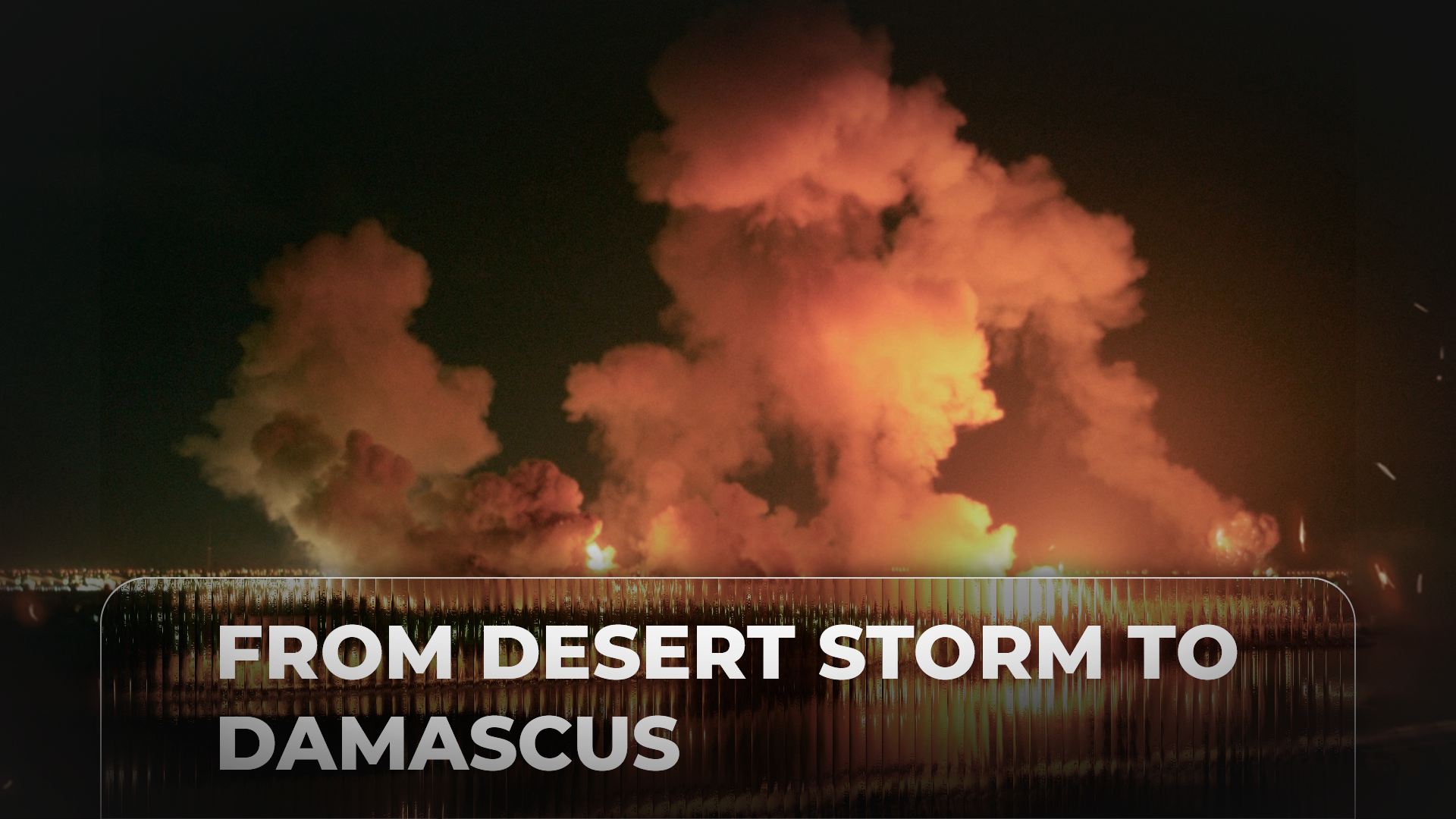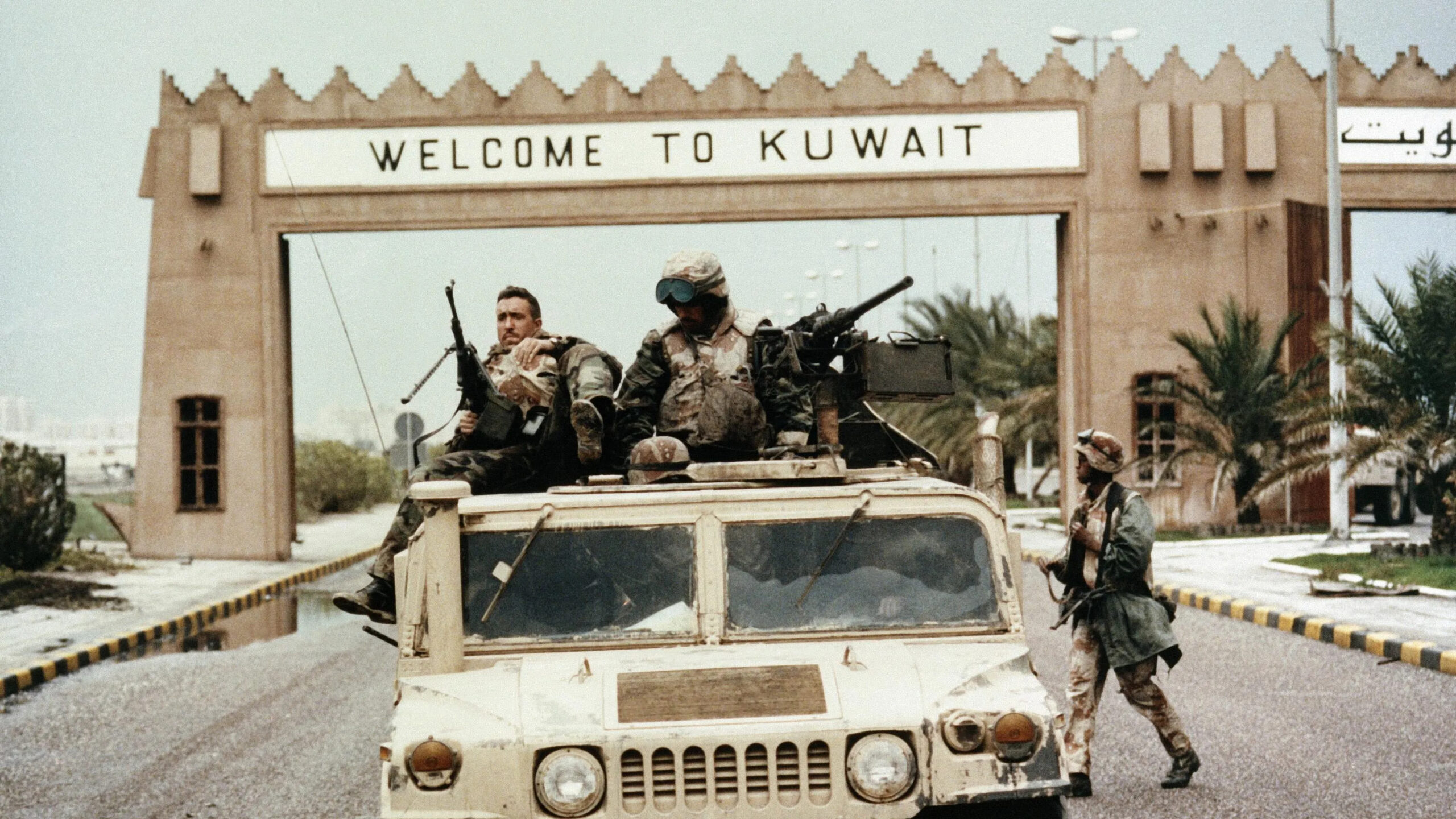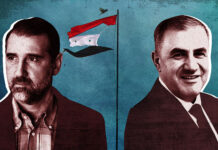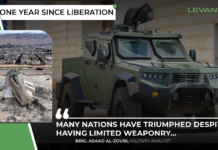
Just before dawn on January 17, 1991, the skies above Baghdad lit up. Air-raid sirens wailed as US warplanes launched the opening salvos of Operation Desert Storm. Inside bunkers and apartments, civilians braced for impact. Outside, plumes of smoke began to rise over military installations. What began as a mission to repel Iraq’s invasion of Kuwait would spiral into a decades-long transformation of the Middle East—triggering wars, occupations, and insurgencies that continue to reverberate today.
From Desert Storm to Permanent Footprint
When Saddam Hussein invaded Kuwait on August 2, 1990, he ignited an international crisis that would redraw power lines in the region. The US-led coalition’s overwhelming military response routed Iraqi forces, but the legacy of that victory proved far more complicated than its execution.
The war marked the beginning of an enduring US military presence in the Persian Gulf. Bases were established in Saudi Arabia, Qatar, Bahrain, and later Iraq—an unthinkable scenario just years prior. While ostensibly about protecting allies and oil infrastructure, the presence of US troops on Saudi soil became a lightning rod for Islamic movements. US involvement in Iraq impacted the people, environment, and economies of all the nations involved, yet it also introduced a new era of interventionism and military entrenchment.
Opening the Gate to Iranian Influence
Though Saddam Hussein’s regime survived Desert Storm, the Gulf War left Iraq economically crippled and geopolitically isolated. Sanctions and no-fly zones eroded its infrastructure and military strength, creating a vacuum that would later be filled not by a new democratic order, but by Iran.
The US invasion of Iraq in 2003, justified by “faulty intelligence” about “weapons of mass destruction,” removed the last meaningful counterweight to Iran in the region. “The US destroyed a status quo that, by extension, benefited the US,” wrote Army historians Frank Sobchak and Mathew Zais. “Regime change in Iraq… enabled Iran to then take over Iraq via militias and influence.”
Classified Iranian intelligence cables obtained by The Intercept show how, by 2015, Tehran had deeply embedded itself within the Iraqi state. Iranian-backed militias operated freely, cabinet members held “special relationships” with Iran, and even US-trained officers were recruited by Iranian intelligence. In short, the US fought a war that Iran ultimately won.
ISIS and the Second Collapse
Out of the ashes of the US occupation and Iranian ascendancy, a new enemy emerged: the so-called Islamic State. Born from Sunni disenfranchisement under Nouri al-Maliki’s Shia-dominated, Iran-aligned government, ISIS took root in Iraq’s abandoned Sunni heartlands and expanded rapidly into war-torn Syria. “The Sunnis find themselves in the worst possible circumstances,” an Iranian officer told then-Iraqi Prime Minister Haider al-Abadi in a 2015 meeting.

Syria: From Coalition Partner to Casualty
Syria’s role in the Gulf War is often overlooked but remains instructive. Under Hafez al-Assad, Syria was one of the few Arab nations to side with the US-led coalition against Saddam. This decision, driven by old Ba’athist rivalries and strategic pragmatism, temporarily thawed relations with the West and secured economic aid. Roughly 40,000 Syrian troops were deployed during the conflict, and Damascus positioned itself as a stabilizing Arab power.
Yet the benefits proved short-lived. Syria remained under US pressure for its support of Hezbollah and its occupation of Lebanon. And decades later, the power vacuum created in Iraq allowed Iran to deepen its involvement in Syria—militarily, politically, and ideologically. The Islamic Revolutionary Guard Corps funneled fighters and weapons across the Iraqi corridor into Syria, entrenching itself in Damascus and across southern Syria.
Legacy of Displacement and Destruction
The human toll of the Gulf War and its aftermath is staggering. More than 100,000 Iraqi civilians died during the war and subsequent sanctions, and over one million more perished from war-related causes in the following years. The sanctions regime contributed to malnutrition and preventable disease on a mass scale.
The environmental destruction was equally profound. Iraqi forces set fire to 600 oil wells during their retreat from Kuwait. Pollution from the conflagration had massive impacts on the environment and global weather. Groundwater contamination, soil infertility, and air pollution from burning crude oil left scars that lasted decades.
Still Living with the Fallout
Over three decades after the first bombs fell, the war’s ripple effects are still visible. Iraq remains tethered to Iran through political and military networks. The US, once the occupying power, now plays a diminished role—its forces largely withdrawn, its credibility questioned. Iran, meanwhile, continues to use Iraqi territory to circumvent sanctions and fund proxies across the region.
Syria, fractured by nearly 14 years of war, was a battleground for the very powers whose ascendancy began in 1991. And while ISIS has mostly been dismantled, its ideology endures, having metastasized into smaller cells across the Middle East and Africa.

A War That Never Ended
“Mission Accomplished.” The Gulf War is often remembered as a military triumph—clean, decisive, and swift. However, it did not just topple armies; it toppled regional orders, opening fissures that adversaries like Iran and extremist groups have been exploiting ever since.
Thirty-five years later, the war’s consequences continue to define regional politics, conflicts, and alliances. It was not just the start of a war. It was the start of an era—one still marked by instability, shattered states, and a question that remains unresolved: What was actually won?








